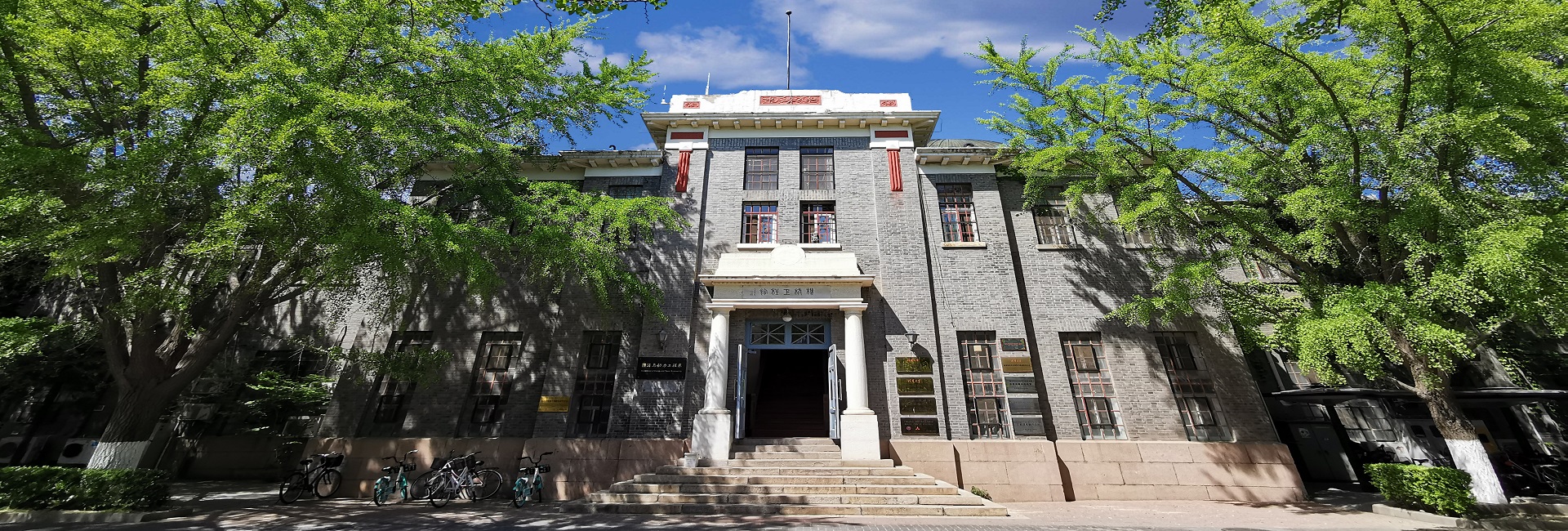报告题目:Development of fish-friendly sustainable hydropower technology guidelines
报 告 人:美国西北太平洋国家实验室 邓志群博士
报告时间:2016 年5 月26 日(星期四)14🧑🦯➡️:30
报告地点🅿️:泥沙馆数字报告厅
报告人简介:
Dr. Zhiqun Deng(邓志群博士)𓀙,美国西北太平洋国家实验室水文地理学能源与环境方向首席科学家🍇。本科与硕士毕业于天津大学👨🏻🎓👨🦲,博士毕业于University of Illinois at Urbana-Champaign🧖。
Dr. Deng is active in the development and application of experimental and numerical modeling tools for conventional hydropower and marine and hydrokinetic renewable energy systems. He is a co-developer of the autonomous six-degree-of-freedom Sensor Fish device that measures pressure, 3-D linear accelerations, and 3-D rotational velocities when it travels through complex flow fields. He led the development of stochastic blade-strike models for estimating the biological performance of large Kaplan turbines. Dr. Deng is a co-developer of the Juvenile Salmon Acoustic Telemetry System (JSATS) cabled system, a nonproprietary sensing technology deployed system-wide in the lower Columbia River Basin for evaluating the behavior and survival of migrating juvenile salmon and other endangered species. He co-developed the marine mammal alert system for the U.S. Department of Energy (DOE) to support deployment of marine hydrokinetic energy devices. He is currently leading a team consisting of fisheries biologists, chemists, batteries engineers, electrical engineers, mechanical engineers, and materials scientists, developing injectable acoustic micro transmitters for juvenile eels and lamprey for the U.S. Army Corps of Engineers (USACE) and DOE. He is also the PNNL lead engineer for the JSATS multi-dam performance studies in the Columbia River Basin for USACE. He has authored or coauthored 80 journal articles and 90 government technical reports.
报告摘要:
Hydropower development may adversely affect fish by blocking or impeding biologically significant movements, and altering the quantity, quality, and accessibility of necessary habitat. Fish moving downstream that pass through hydropower turbines can be injured or killed, and the inability of fish to pass upstream of hydropower projects prohibits them from reaching spawning grounds. Hydropower licenses issued by the Federal Energy Regulatory Commission (FERC) may include requirements for owners/operators to implement fish passage technologies or other measures to protect, enhance, or mitigate damages to fish and wildlife, as identified by the federal resource agencies. Although FERC is directed to balance developmental and nondevelopmental values in licensing decisions, many contend that balancing has been inadequate. Thus, fish passage and protection has become a major controversy between the hydropower industry and resource agencies.
This report describes technologies for fish passage, and those for protection against turbine entrainment and mortality, with an emphasis on FERC-licensed hydropower projects. OTA identifies three areas for policy improvements. First, to establish and maintain sustainable fisheries, goals for protection and restoration of fish resources need to be clarified and strengthened through policy shifts and additional research. Secondly, increased coordination is needed among fishway design engineers, fisheries biologists, and hydropower operators, especially during the design and construction phases of fish passage and protection technologies, to improve efficiency. Finally, new initiatives with strong science and evaluation components are needed to advance fish passage technologies, especially for safe downstream passage.
